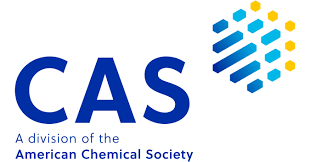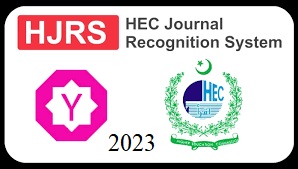Monkeypox: Epidemiology, clinical manifestations, and strategies for global health response
Keywords:
Monkeypox, Zoonotic, Orthopox Virus, VaccineAbstract
The animal disease is caused by the monkey virus, an orthopox virus associated with smallpox. Although endemic to central and western Africa, recent outbreaks in germ-free areas have raised global health concerns. The disease spreads through contact with contaminated objects, people, or animals. Clinically, monkeypox manifests as fever, rash, and arthritis. Side effects such as respiratory problems and secondary infections can also occur and in rare cases can be fatal. This work overviews monkey disease research, emphasizing epidemiology, clinical symptoms, and therapeutic approaches. It looks at the role of vectors, the effectiveness of smallpox vaccines, and the challenge of controlling an epidemic outbreak, especially in areas with limited resources requiring monitoring of Si on, public health education, and research on potential chronic infections Reform emphasizes the effectiveness of vaccines, Purpose of this document in and that our knowledge of monkey disease is designed to provide and provide guidance for future research and public health intervention strategies.
Downloads
Published
How to Cite
Issue
Section
License
Copyright (c) 2024 Muhammad Asim, Hamza Ishfaq, Nishwa Ishfaq, Adila Umar

This work is licensed under a Creative Commons Attribution 4.0 International License.









